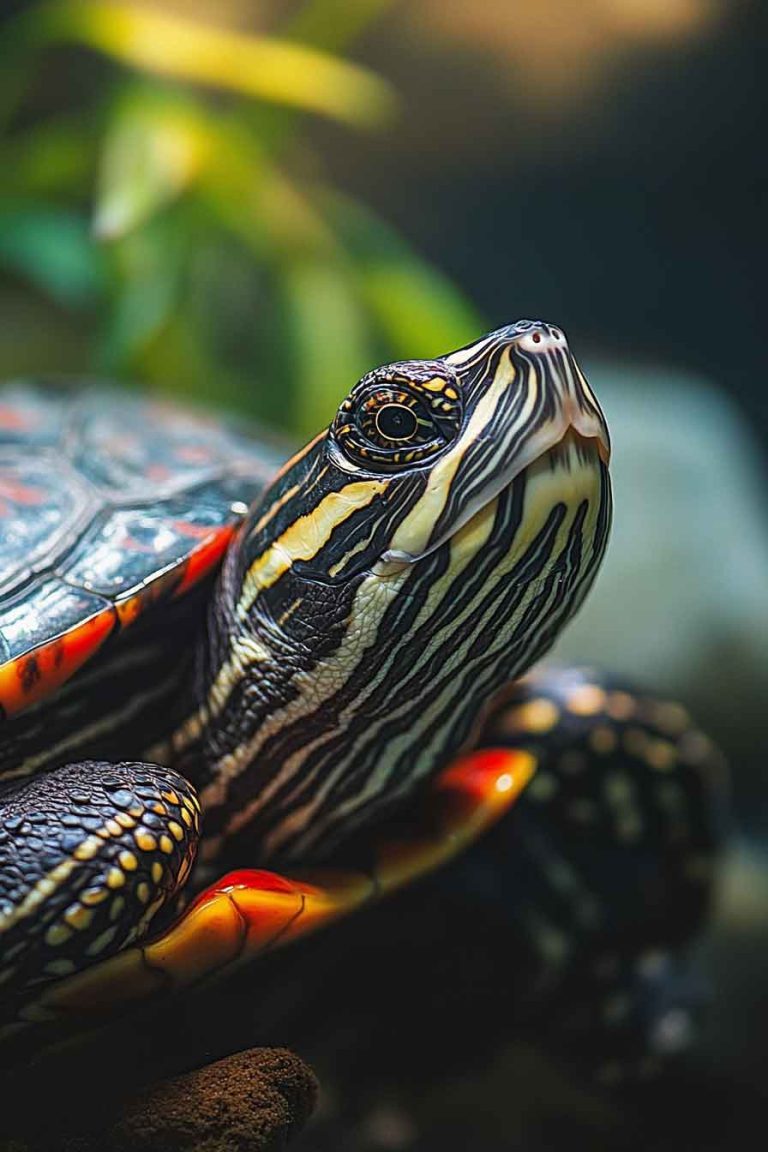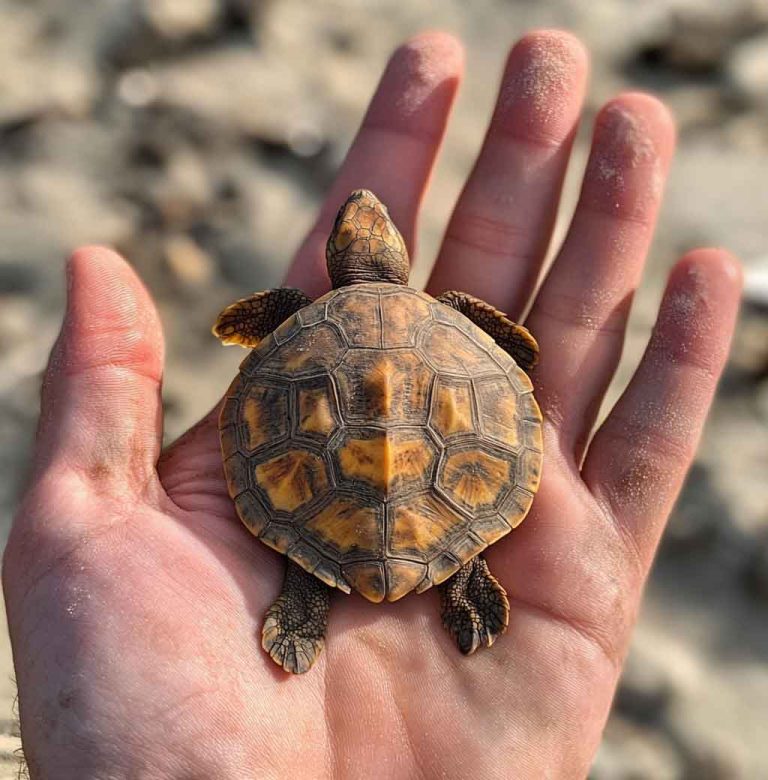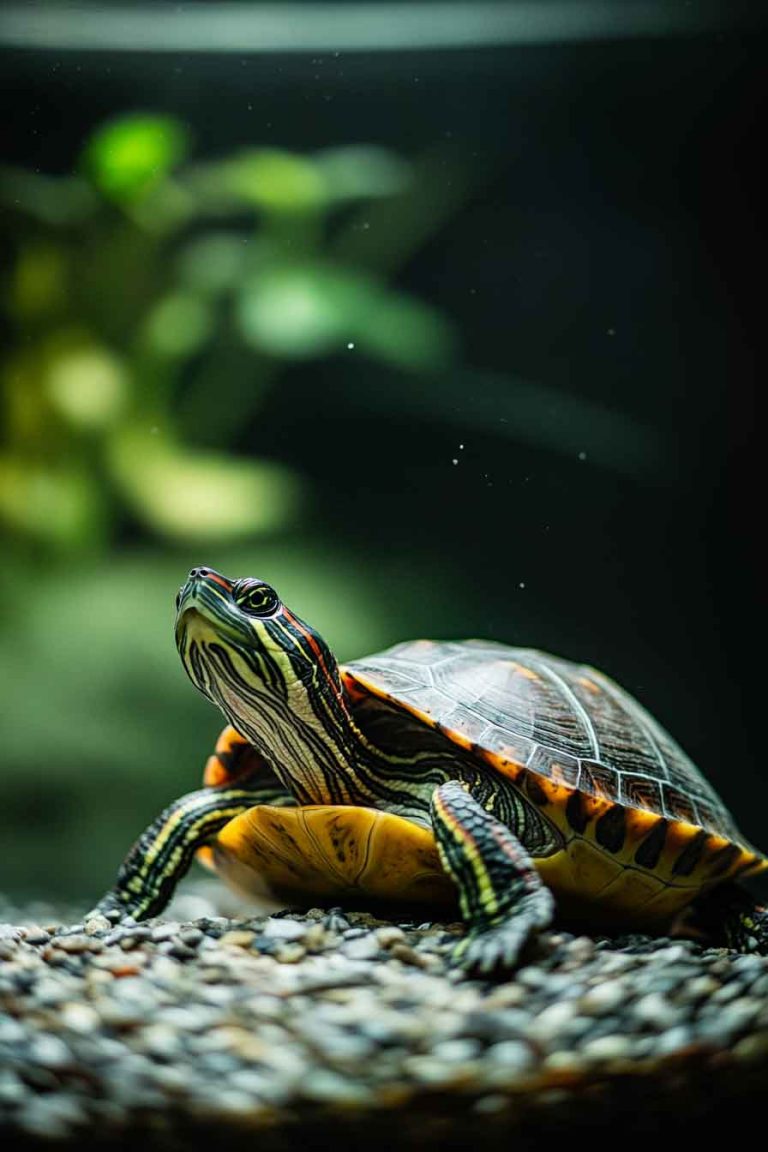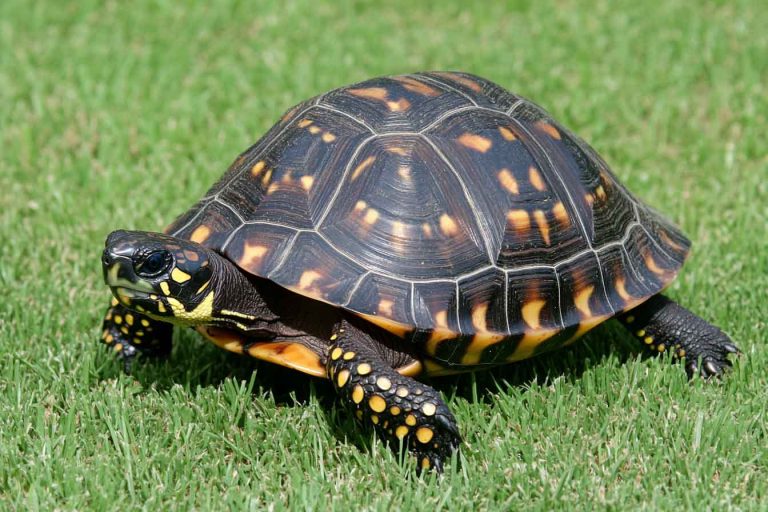How to Prevent and Treat Urinary Tract Infections in Pet Turtles : Signs, Causes, and Care Tips
A few months ago, I noticed something strange with my turtle. He wasn’t his usual active self. He wasn’t eating, he was staying in one spot a lot, and the water started looking cloudy. Then I saw it—a reddish tint in the tank water. That’s when I knew something was seriously wrong. I rushed to…
A few months ago, I noticed something strange with my turtle. He wasn’t his usual active self. He wasn’t eating, he was staying in one spot a lot, and the water started looking cloudy. Then I saw it—a reddish tint in the tank water. That’s when I knew something was seriously wrong. I rushed to the vet, and sure enough—he had a urinary tract infection.
I had no idea turtles could get UTIs. But they can—and once I learned the signs, the causes, and how to treat it, I realized I could’ve prevented it. So if you’re a turtle owner like me, and you want to keep your pet healthy, this post is for you.
Let me walk you through everything I’ve learned from experience—how to spot a UTI, how to treat it, and how to stop it from coming back.
Can Pet Turtles Get UTIs?
Yes, they absolutely can. Just like people, turtles have urinary systems. And just like people, those systems can get infected—usually when bacteria enter the bladder through their vent (the same hole they use to pee, poop, and lay eggs).
What shocked me is how easy it is for bacteria to build up—especially in aquatic turtles. They literally live in their toilet. That’s why clean water is everything. If the tank isn’t properly maintained, harmful bacteria multiply fast—and that’s how most UTIs happen.
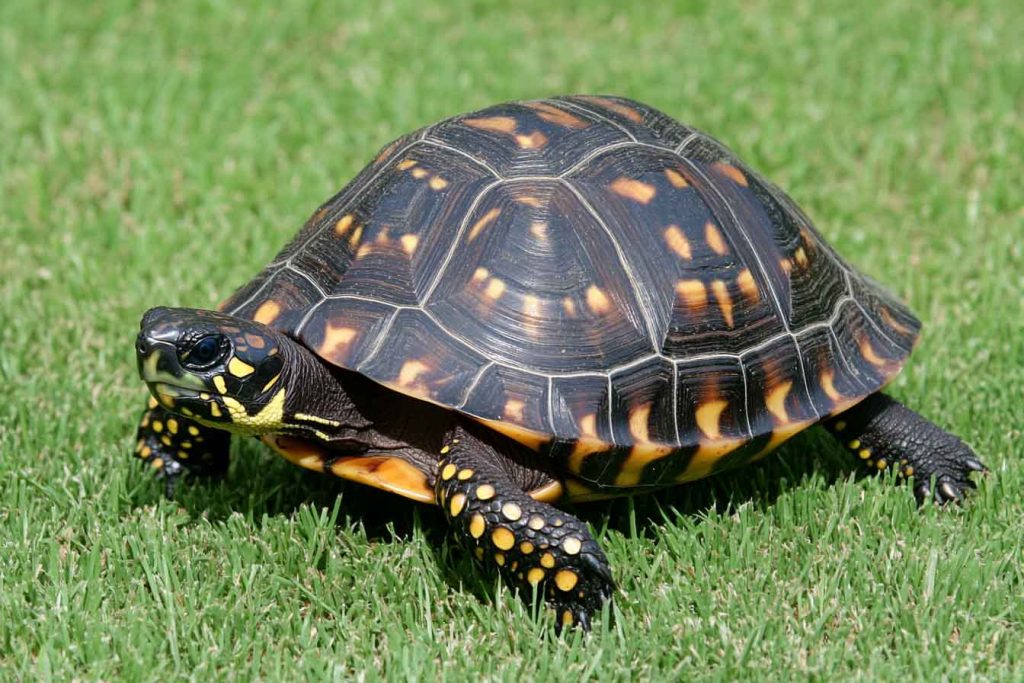
How I Knew My Turtle Had a UTI
I’ll be honest—at first, I missed the signs. UTIs in turtles don’t come with loud symptoms. No crying, no whining. Just subtle changes. But after a few days, those small things started adding up.
Here’s what I noticed in my turtle’s behavior and tank:
1. Cloudy or Discolored Water
This was the first thing. Even after a full tank cleaning, the water turned slightly pinkish again by the next day. I thought maybe it was leftover food or minerals—but no. That tint was urine mixed with blood. And it’s a big red flag.
2. Less Frequent Poop and Pee
Usually, I spot droppings every day—either floating or stuck near the filter. But during this time, I saw nothing for two full days. That’s when I realized something inside him wasn’t working right.
3. Swollen Lower Belly
When I gently lifted him, his underside felt round and bloated—not rock-hard, but firmer than usual. His skin around the back legs looked a little stretched, like he was holding something in.
4. He Refused to Eat
That’s when I panicked. This turtle would normally swim up to the glass the second I walked in with food. But now? He didn’t move. He didn’t even sniff his favorite freeze-dried shrimp.
5. Low Energy, Hiding, and Lethargy
Instead of swimming around or basking, he stayed in one corner—barely moved. He wasn’t interacting with his environment at all. He even closed his eyes more often. That’s when I knew I needed to act fast.
What Causes Urinary Tract Infections in Turtles?
After my vet visit (and a lot of reading), I learned the most common reasons turtles get UTIs. I was surprised by how many of them had to do with things we can control.
1. Dirty Tank Water
This is the #1 cause. When water gets full of turtle waste, leftover food, or debris, bacteria builds up fast. And since turtles pee and poop in the same water they live in, that bacteria can easily enter their body.
Even if the tank looks clean, if the filter isn’t strong enough or if water changes are skipped, the bacteria load gets dangerously high.
2. Cold Water and Poor Basking Temps
If the water or basking area is too cold, your turtle’s immune system slows down. A turtle that’s cold can’t fight off infection—even mild bacteria become a big threat. I checked my tank later and saw my basking area was only 83°F. Not nearly warm enough. No wonder he got sick.
3. Low-Quality Diet
Turtles need vitamins and minerals to stay healthy—especially vitamin A and calcium. If your turtle eats mostly protein (worms, shrimp, pellets) and not enough leafy greens or veggies, their body weakens, and they’re more likely to get infections.
I was feeding mine a little too much protein and not enough variety. That definitely didn’t help.
4. Dehydration (Yes, Even in Aquatic Turtles)
This surprised me. Even water turtles can get mildly dehydrated—especially if the tank isn’t clean, or they’re not drinking while stressed. Dehydration makes it harder to flush out toxins and bacteria.
If your turtle isn’t peeing regularly, or the water seems unusually concentrated, dehydration might be part of the problem.
How I Treated My Turtle’s Urinary Tract Infection
When I realized my turtle had a UTI, I didn’t wait. I called a reptile vet the same day. UTIs can get worse fast—and if they reach the kidneys, they can be deadly.
Here’s what the vet recommended, plus what I did at home to help my turtle recover safely and naturally.
1. I Went to a Reptile Vet for Diagnosis
This was the first and most important step. The vet did a quick physical exam, checked his underside, and asked about symptoms. Then they ran a urine test using a clean water sample from my tank.
The results confirmed a bacterial UTI. It was mild, but enough to explain the bloating, blood in the water, and appetite loss.
Note: If you suspect a UTI, don’t guess—get a proper diagnosis. UTIs need real treatment, not just soaking or changing food.
2. He Got a Round of Antibiotics
My vet prescribed a liquid antibiotic that I had to give by mouth using a small dropper. I was nervous about doing it, but the vet showed me how.
- I held him gently but firmly.
- Opened his mouth by touching the sides of his jaw.
- Gave just a few drops—never more than prescribed.
It took about 7 days of antibiotics before I started seeing real improvement.
Important: Never give your turtle human antibiotics or anything from a pet store without vet approval. It can cause more harm than good.
3. I Did Daily Warm Soaks
To help ease his swelling and keep things flowing, I soaked him every day in a shallow container of warm water—about 85–90°F.
I kept the water just deep enough to reach his lower shell, and I let him sit for 20–30 minutes. Sometimes he pooped or peed during the soak—which was a great sign.
Warm soaks help turtles stay hydrated and gently flush bacteria from the body.
4. I Cleaned and Upgraded the Tank
Next, I gave his tank a full deep clean.
- I removed all the water, scrubbed the glass, and boiled all rocks and decorations.
- I changed the filter media and increased filtration.
- I added a small water heater to maintain 78–80°F at all times.
- I made sure his basking platform was dry and heated to 90–95°F.
Clean, warm water is a must for healing—and it helps antibiotics work better too.
5. I Improved His Diet
While recovering, I switched him to a low-protein, high-fiber, and vitamin-rich diet to support healing.
- I fed dark leafy greens (romaine, dandelion, collard greens).
- I added a calcium supplement and small amounts of squash or carrot for vitamin A.
- I gave no insects or meat until he started pooping normally again.
A healthy gut helps the immune system fight off infection faster.
6. I Watched for Warning Signs
Even while treating, I kept a close eye on these red flags:
- More blood in the water
- Extreme swelling or fluid leaking
- Heavy breathing or wheezing
- Completely refusing to move, even when touched
If any of those had happened, I would’ve rushed back to the vet. Thankfully, he started improving after day 4 of antibiotics and warm soaks.
How I Prevent UTIs in My Turtle Now
After everything we went through, I made some permanent changes. I never want to see my turtle go through that again—so now I follow these steps to keep his urinary tract healthy every single day.
1. I Keep the Tank Clean—Always
Now, I change about 25% of the water every week, even if it looks clean. I also:
- Use a strong filter that’s rated for double the tank size
- Scrub rocks and décor every 2 weeks
- Siphon out poop and leftover food with a turkey baster
Clean water is the #1 way to prevent bacteria from entering your turtle’s body.
2. I Keep the Water and Basking Spot Warm
My tank water stays around 78–80°F, and the basking area is always 90–95°F. I use a digital thermometer and check it every day.
Why? Because warmth helps turtles digest better, boosts immunity, and keeps waste flowing out of their system.
3. I Feed a Healthy, Balanced Diet
I stopped feeding too much protein and now focus on:
- Leafy greens (like collard, mustard, and dandelion)
- Calcium supplements twice a week
- Fresh veggies (squash, carrots) in small amounts
- Pellets only a few times a week
- Protein (like bugs or shrimp) just once a week or less
This mix supports their organs and prevents stress on the kidneys or bladder.
4. I Give Occasional Warm Soaks
Even though he’s healthy now, I still soak him once a week in shallow warm water. It helps with hydration and gives me a chance to check his underside and overall health.
FAQ: Urinary Tract Infections in Pet Turtles
1. Can turtles die from UTIs?
Yes, if untreated, a UTI can lead to kidney failure or sepsis, which can be fatal. That’s why early signs—like blood in the water or swelling—should be taken seriously.
2. What does turtle urine look like?
Healthy turtle urine is clear to pale yellow. If you see cloudy white, thick goo, or pink/red liquid, something is wrong. It could be infection or kidney problems.
3. Do land turtles (like box turtles) get UTIs too?
Yes, both aquatic and terrestrial turtles can get UTIs. For box turtles, dehydration and dirty enclosures are common causes.
4. Can I treat a UTI at home without a vet?
Warm soaks and clean water may help very mild cases, but if your turtle has swelling, stops eating, or shows blood in the water—you need a vet. Antibiotics are often required.
5. How long does it take for a turtle to recover from a UTI?
Mild UTIs usually improve within 7–10 days with proper treatment. More serious infections might take 2–3 weeks, especially if they’ve affected the kidneys.
Final Words
Urinary tract infections in turtles are scary—but they don’t have to be the end of the world. I caught mine early, followed the vet’s plan, and now he’s back to being his curious, hungry self. What I learned is simple: clean water, proper heat, and a healthy diet are everything.
If your turtle ever shows signs of a UTI, don’t wait. Get help, start treatment, and make changes to prevent it from happening again. Our turtles may be quiet, but they depend on us for everything.
And when we take good care of them, they thrive.


